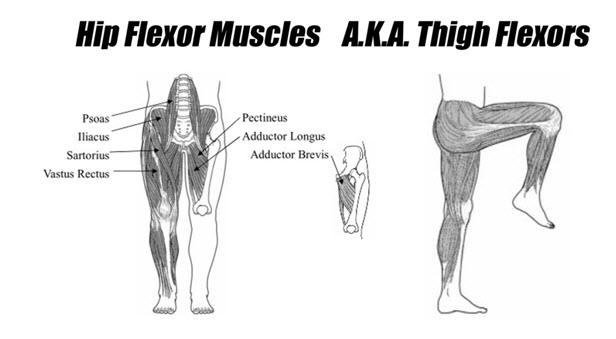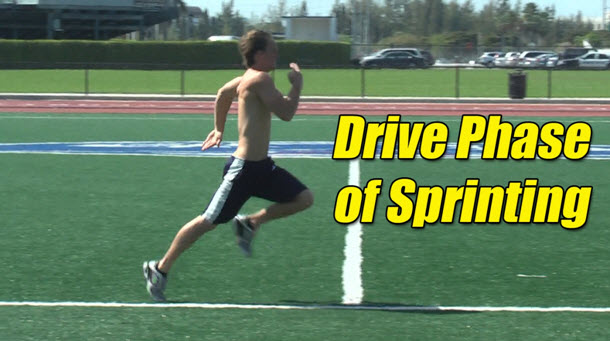Why Athletes Use AthleticQuickness to Develop Speed

Whether you are a high school competitor looking to improve your running speed or you are a Division I elite athlete that is wanting to stand out to professional scouts, you need the proper drills and techniques to help you elevate your level of competition. While there are many speed and quickness drills to help you run faster, many of these drills do not produce measurable results. This is just one of the reasons why we have designed one of the most effective speed training programs so that you can run faster, jump higher, and outcompete anyone that stands in your way. At Athletic Quickness, our AQSpeed™ training programs are designed for athletes of any level, and we have helped countless competitors around the world reach their true potential. By combining our perfect blend of isometrics, resistance training, and intense workouts, you will be able to blast through plateaus and continue to improve your speed and quickness. If you are interested in learning why the best athl



